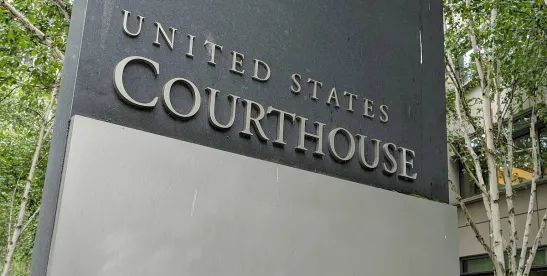The Federal Circuit recently issued its first review of a derivation proceeding, a rarely used proceeding provided for by the America Invents Act (AIA).
In this case, two entities, Global Health Solutions LLC (GHS) and Marc Selner, each filed patent applications for a method of preparing a wound treatment ointment. GHS alleged that Selner derived his patent application from Bradley Burnam, the inventor listed on GHS’s application. The PTAB found that Mr. Selner independently conceived of the invention before Burnam communicated it to him.
The Federal Circuit’s decision underscores the nuances of AIA derivation proceedings, which differ significantly from pre-AIA interference proceedings. Under the AIA, the focus is not on who was the first to invent but rather on whether the first filer derived the invention from another inventor. In this case, the court found that Selner had independently conceived the invention before any communication from Burnam, thus negating GHS’s derivation claim.
Outcomes of the decision include:
- Clarification of Derivation Proceedings: The decision clarifies that in AIA derivation proceedings, the burden is on the petitioner to prove both conception and communication of the invention to the respondent before the respondent’s filing date. This then shifts the focus from the traditional first-to-invent standard to a more nuanced analysis of independent conception.
- Corroboration of Inventorship: The court emphasized the importance of corroborating evidence in establishing inventorship. In this case, Selner’s emails, which were contemporaneous with the inventive process, played a crucial role in corroborating his claim of independent conception.
- Harmless Error Doctrine: The court applied the harmless error doctrine, noting that any error by the PTAB in focusing on the first-to-invent standard was harmless because Selner’s prior independent conception was sufficiently established and conclusively established the governing first-to-file standard. The court found that to prevail, a first-to-file respondent like Selner need only prove that his conception was independent. Selner chose to prove his independent conception by proving that he conceived before Burnam, which satisfied both standards. Said otherwise, first to conceive is not the operative analysis.
- Reduction to Practice: The court confirmed that it does not require that actual reduction to practice is necessary for complete conception to occur in unpredictable fields of invention.
- Forfeiture: GHS failed to submit a separate motion under 37 C.F.R. § 42.22 to correct inventorship to add Mr. Burnam as a joint inventor to Mr. Selner’s patent, leading the court to not consider this argument.
The Federal Circuit’s decision in Global Health Solutions LLC v. Selner sets a precedent for future AIA derivation proceedings, emphasizing the importance of independent conception and corroboration in these cases. This case serves as a reminder for inventors and companies to maintain thorough documentation of the inventive process to support claims of inventorship. This ruling provides valuable guidance for navigating derivation proceedings and protecting intellectual property rights.





 />i
/>i

